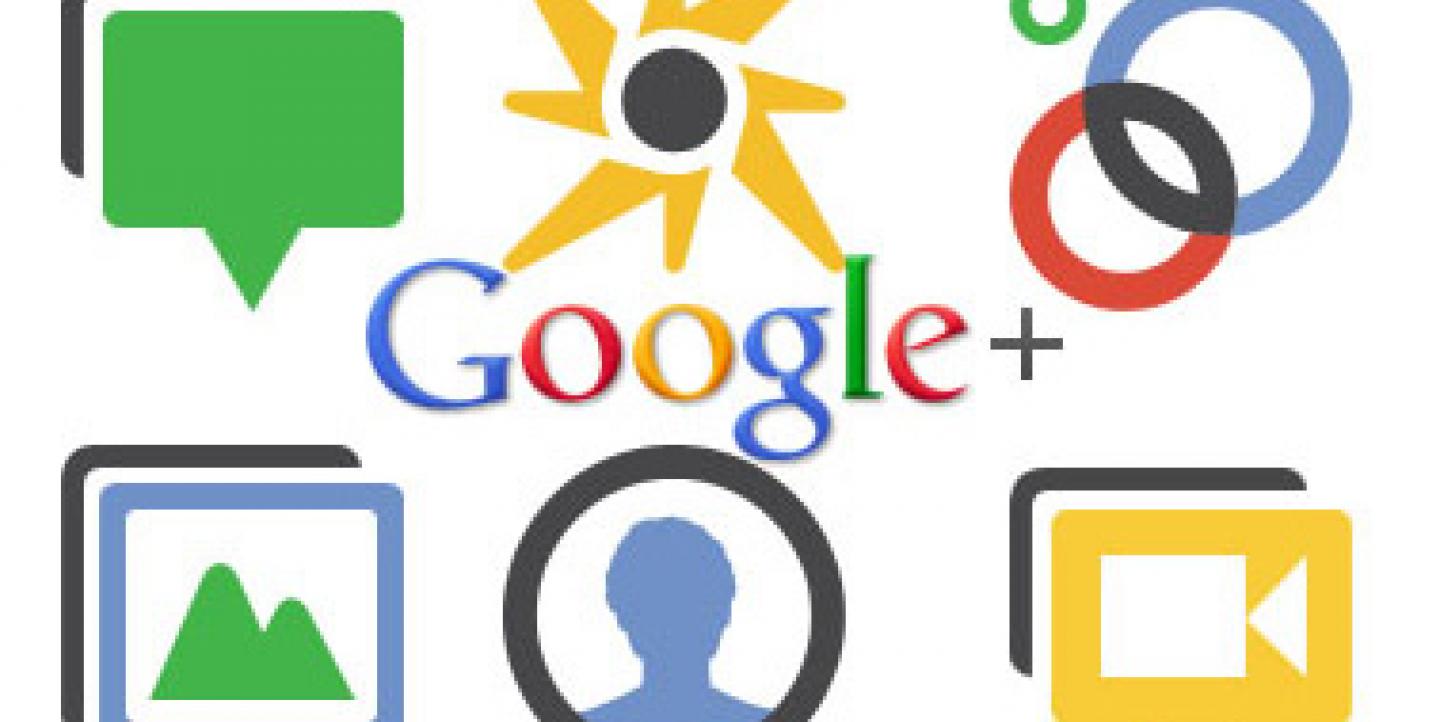We all agree: the idea of getting started on yet another social network is enough to make even the most outgoing journalist feel anti-social.
But there has been a lot of buzz around Google Plus (it's said to have 20 million users now) and if you take some time to poke around, you'll find there are a number of useful features for reporting.
Here are three ways IJNet thinks it can help journalists.
1) Stay on top of your beat and track stories using Sparks and Circles.
Google Plus feature “Sparks" gathers the latest content on any topic you like, similar to a Google News search. After saving your news topic, you can access that feed by clicking on its name (located on the left side under Sparks in your home page). It will display a stream of the latest content on that topic in your home page.
Another way to stay informed about news you need to follow is to create a circle from your must-read news outlets. “Circles” are a way to organize your contacts in groups, which also gives you more control over what content is exchanged. The name of your circle and who you add to them are only visible to you, as explained in the Google Plus help center.
You can select which posts to stream by clicking on the circles on the left of the main page of Google Plus. By creating a “news” circle, it will stream content from those users, in a way similar to Twitter lists.
So far there are only a few news outlets on Google Plus, but more are bound to open accounts soon once Google allows brands to start their profiles. Some worth adding are CNN Breaking News, MSNBC and Al Jazeera, which are already generating dynamic conversations with its users in Google Plus.*
2) Find sources and firsthand accounts of breaking news.
It's easy to find people using Google Plus and the social network makes it simple to share photos and videos, which also look better than in Facebook. (It has also just "scooped" Twitter for breaking news of the Oslo bombing).
This is especially useful for journalists once people will get into the habit of uploading better-quality photo and videos from their mobile phone to their profiles.
Again, if users share that content publicly, you will be able to see it. The info surfaces much easier than on Facebook, for example, where most people don’t keep their profiles public and must have accepted your "friend" request first.
One local news outlet has already found out how to use Google Plus to cover a breaking story. Read more about how the Trentonian, a New Jersey paper, covered a shooting using various tools among them Google Plus here and here.
3) Interview people with Hangouts.
Once you find a source, you can also interview them using “Hangouts,” a video chat service similar to Skype. The good thing about Google Plus is that it allows you to video chat with up to 10 people simultaneously. The audio and video quality is pretty good. However, it has its limitations, namely, Hangouts can’t be used on mobile devices yet.
Although most journalism professors and news veterans don't recommend interviewing more than one person at the same time, you can use this feature to interview two people with contrasting views or making for much more dynamic coverage. It's also useful for newsrooms with more than one reporter covering a story so that everyone can stay on the same page.
When you start a hangout with a group of people (or a circle), it will appear in your profile and their profiles, but only the people invited to the video chat will see it. It won't be made public. However, you can delete that post if you want to.
Also, Google Chat is integrated with Google Plus, so you can use the chat feature with your sources or co-workers without having to navigate away from the page.
Although Google Plus has only been around for a few weeks and the user base is still growing, it has a lot of potential for reporting and sharing content. If you don't have an invite yet, you can request one here.
Have you used Google Plus yet? How are you using it for work?
*After Google Plus announced that official business profiles would be added later, http://www.readwriteweb.com/biz/2011/07/google-plus-business-profiles-launching-analytics.php%29, news organizations are playing peek-a-boo on the social network. These accounts were valid at the time of publication.

